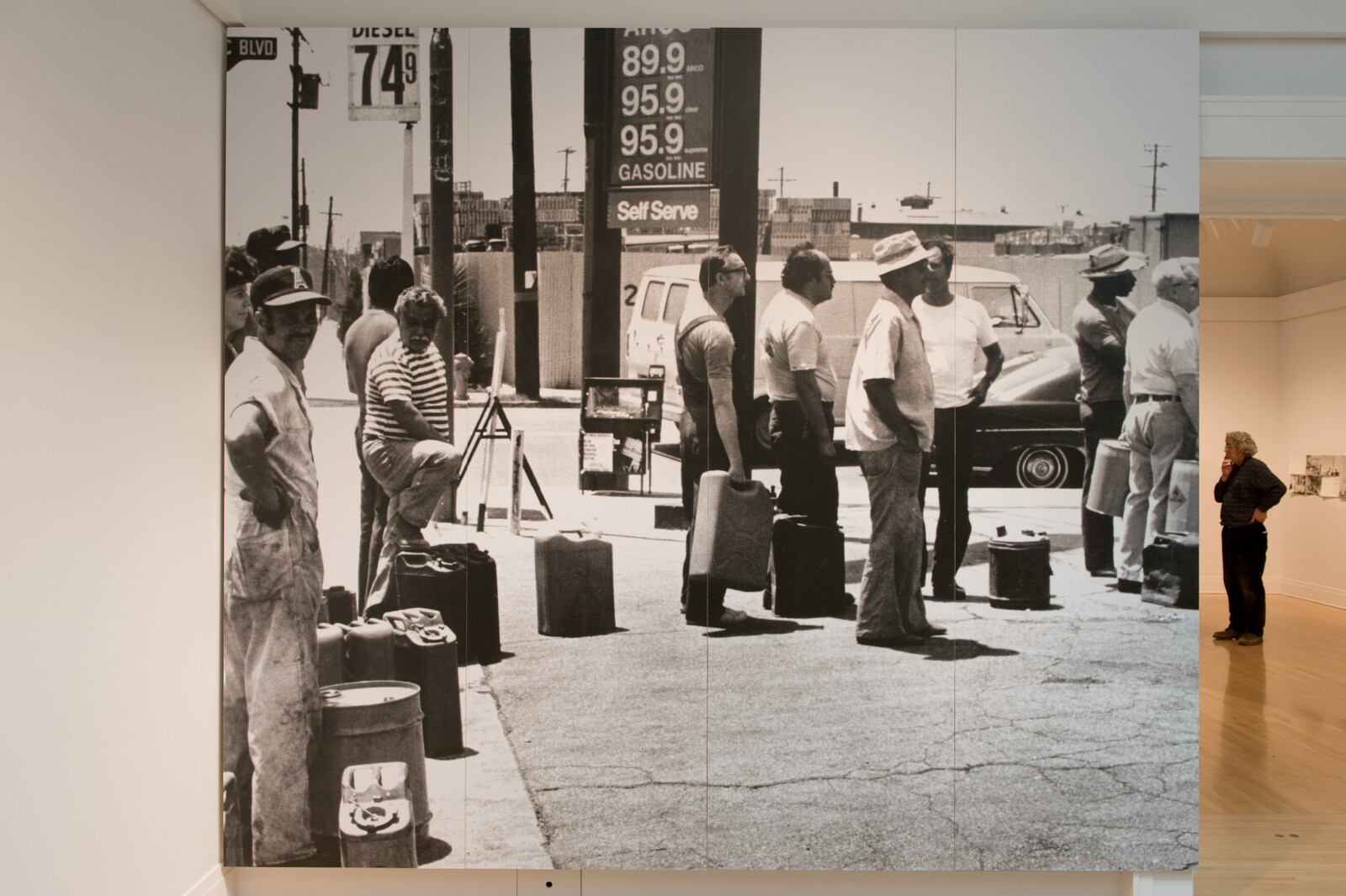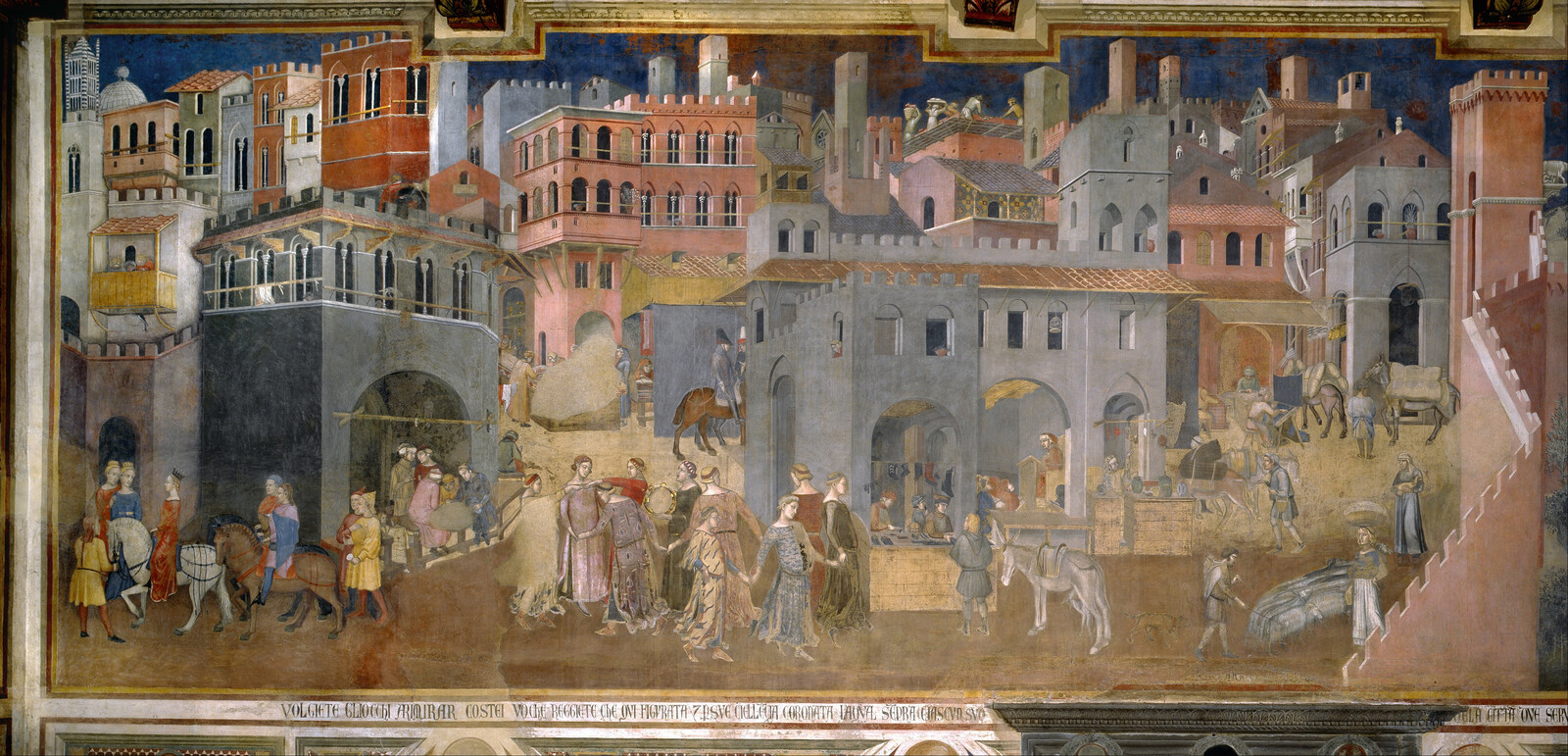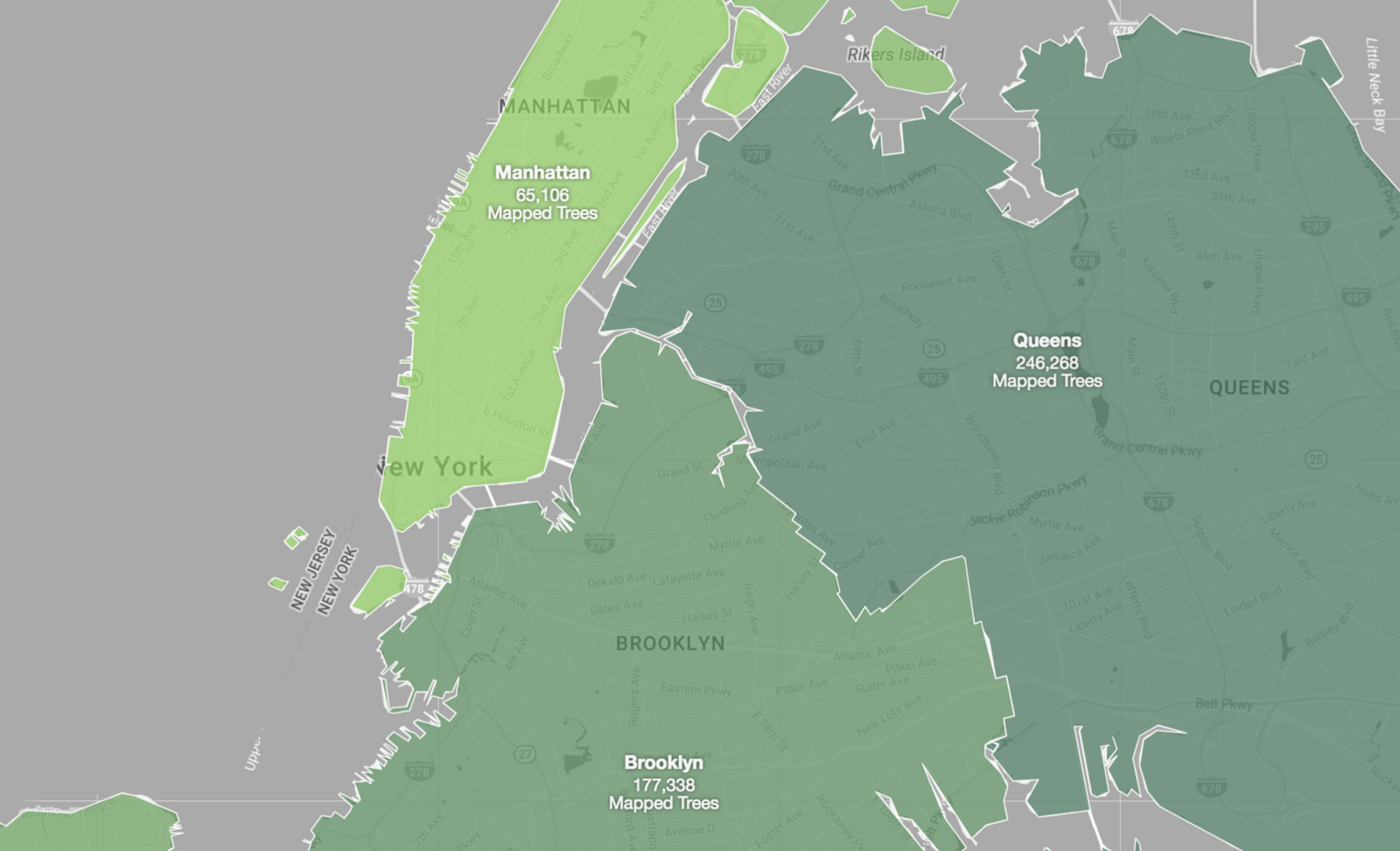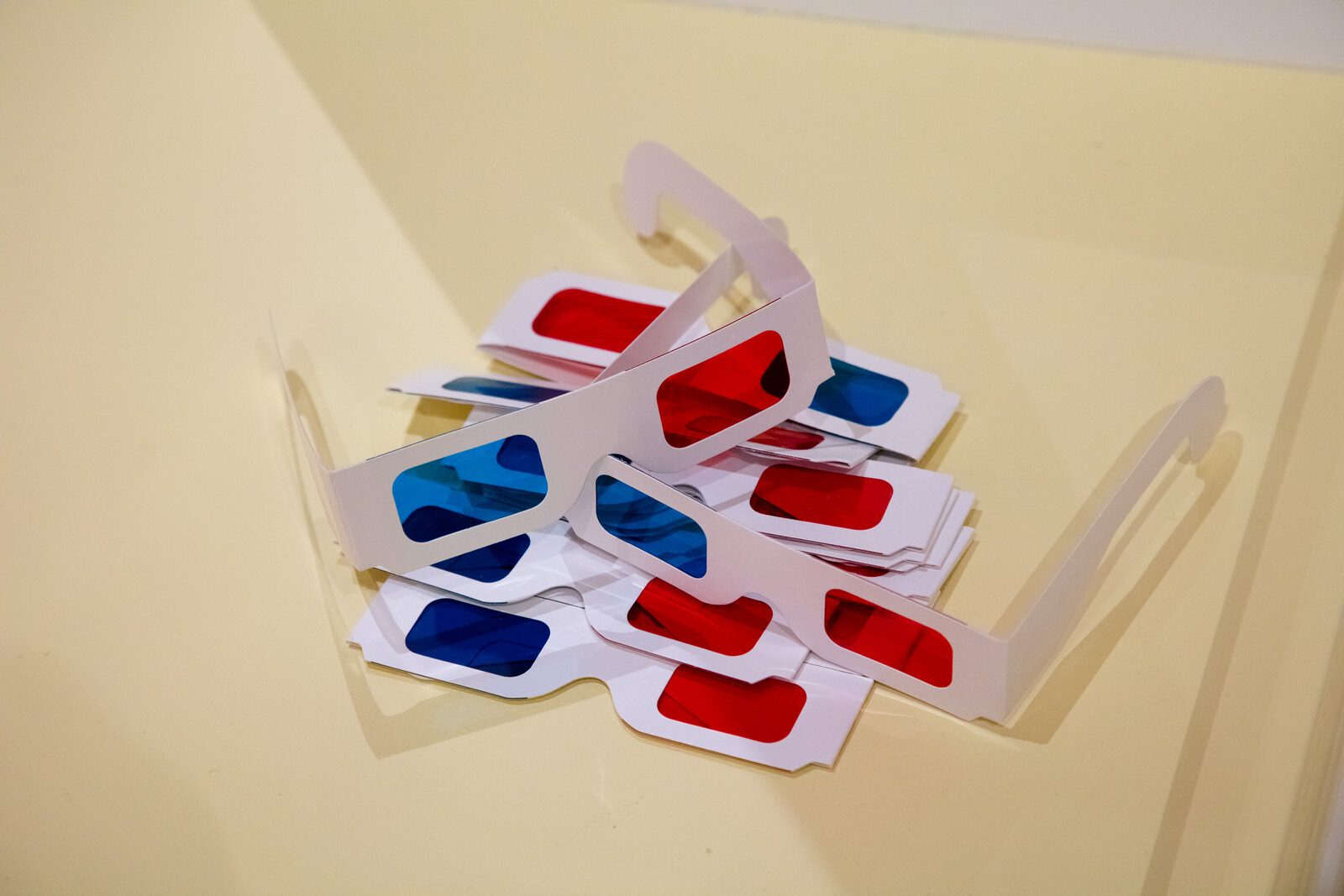Since e-flux Architecture launched almost three years ago, it has become a locus for contemporary debate and research into architecture in the expanded field. We have collaborated with leading institutions from around the world in charting out new frontiers of architectural knowledge, from ecology and technology to history and politics. While we will continue this march forward into uncharted terrains, we cannot help but notice that, for as much as architecture’s frontier has expanded, its foundations have contracted.
Within the space opened between the slow, half-conscious practice of planning and the rapid, superficial consumption of images, the architectural project sits as an open question. Buildings have become uncanny; not in the avant-garde, critical sense that Antony Vidler outlined decades ago, but rather a discursive one. The building is at once intimately familiar and radically foreign to critical debate in contemporary architecture. Invaluable processes of disciplinary self-reflection have largely been displaced from architecture to the architect.
As architecture’s economic, social, cultural, and political landscape constantly changes, the role and agency of the architect changes along with it. While it is urgent to seek out new positions to assume, it is also necessary to re-evaluate the tools one already has. As an independent editorial initiative, Positions was designed as a probe. Sent into the field equipped with sensors, it returned with vital information to be interpreted not so much from the abundance of data, but its absence.
Over the coming months, we want to point Positions in a particular direction, one which we feel we have not oriented ourselves towards nearly enough: thinking through buildings. To think through a building can mean two separate things. On the one hand, it can mean to look at, to depart from, but ultimately go beyond the building itself. On the other, it can mean to dive in: to retrace the steps of how something came into being; to understand the design decisions and grasp the details (the elements, the materials, the composition) that make it do what it does. Either way, to think through buildings means to engage with them, accept them for what they are, and reckon with their contradictions, their potentials, their implications, their affordances, and their prohibitions.
In line with Positions’ ethos of experimentation, we want to rediscover what it can mean to write about buildings. This invariably touches upon a larger issue facing the discipline of architecture, that is, the state of architectural criticism today. Refusing to idealize a past that never was, or similarly lament something that was never lost, we believe in the potential of writing about architecture. A “review” can not only change the way we perceive and think about architecture, but also about the city and society at large.
Architects contribute to the built environment from a unique position of agency, with a distinct set of tools, and with a particular understanding of time. We seek to cast a wide net so as not to represent a position on writing about architecture, but rather to present a field of positions, of ways to think through buildings. We hope to demonstrate the vibrancy and diversity of architecture there is to engage with, and the creativity of means in doing so. But not all buildings, not all architecture is created equal. We wish to take care and reflect upon the buildings being engaged with, and as such the relevance of writing about architecture today.
In response to what we see as a dearth of architectural criticism in newspapers and critical journals alike, we plan to publish one “review” of one building per week, each written by a different author. Projects may be recently built, under construction, or still on the drawing boards; they may be unrealized, realized long ago, or perhaps even already destroyed. But what they all will be, in whatever their form, is contemporary. In being contemporaneous with the historical moment we live in today, architecture can offer perspective on where we came from, how we got here, where we might be going, and where else we might be able to go.
Positions is an independent initiative of e-flux Architecture.
,-2003,-srgb.jpg,1600)

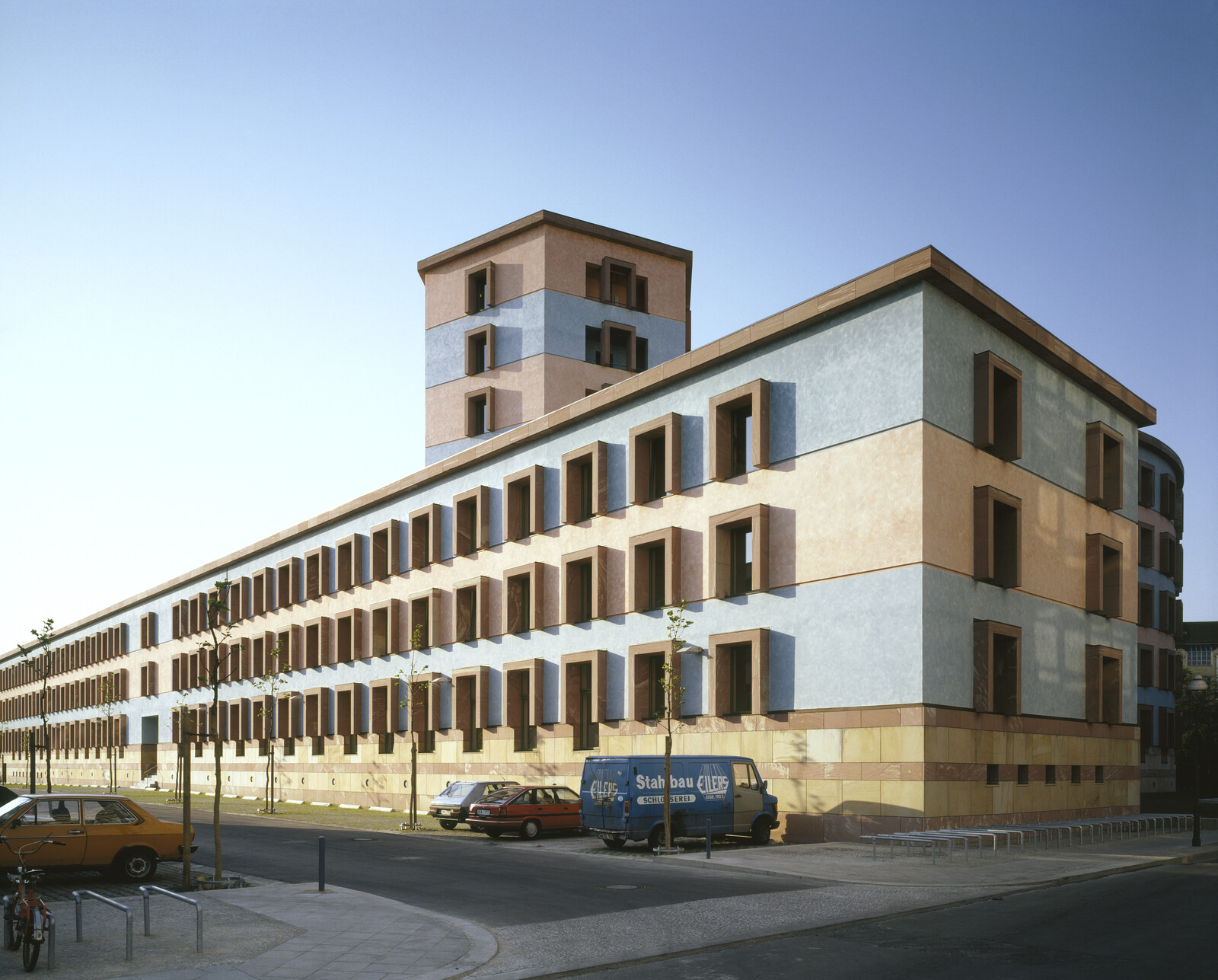


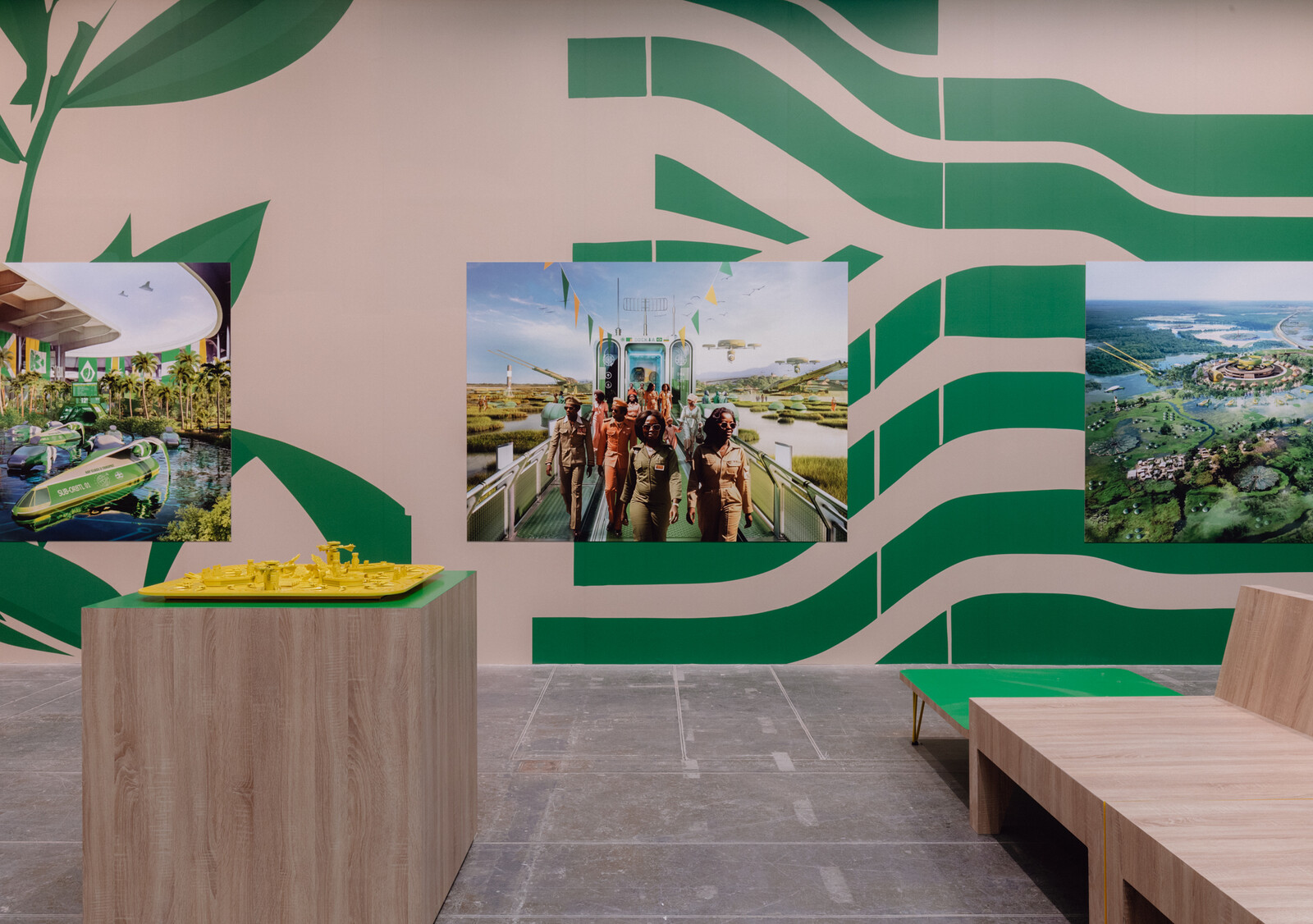




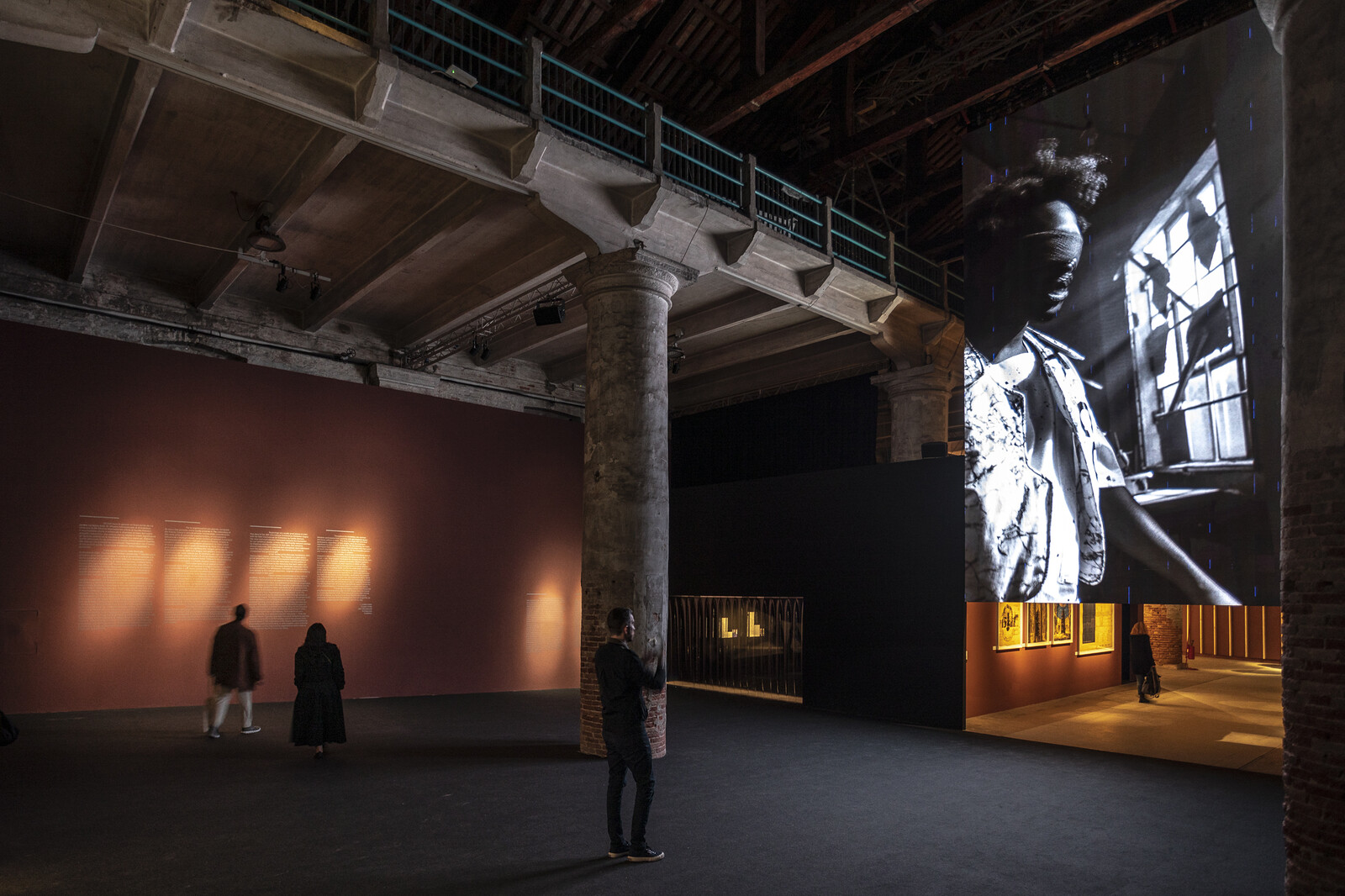







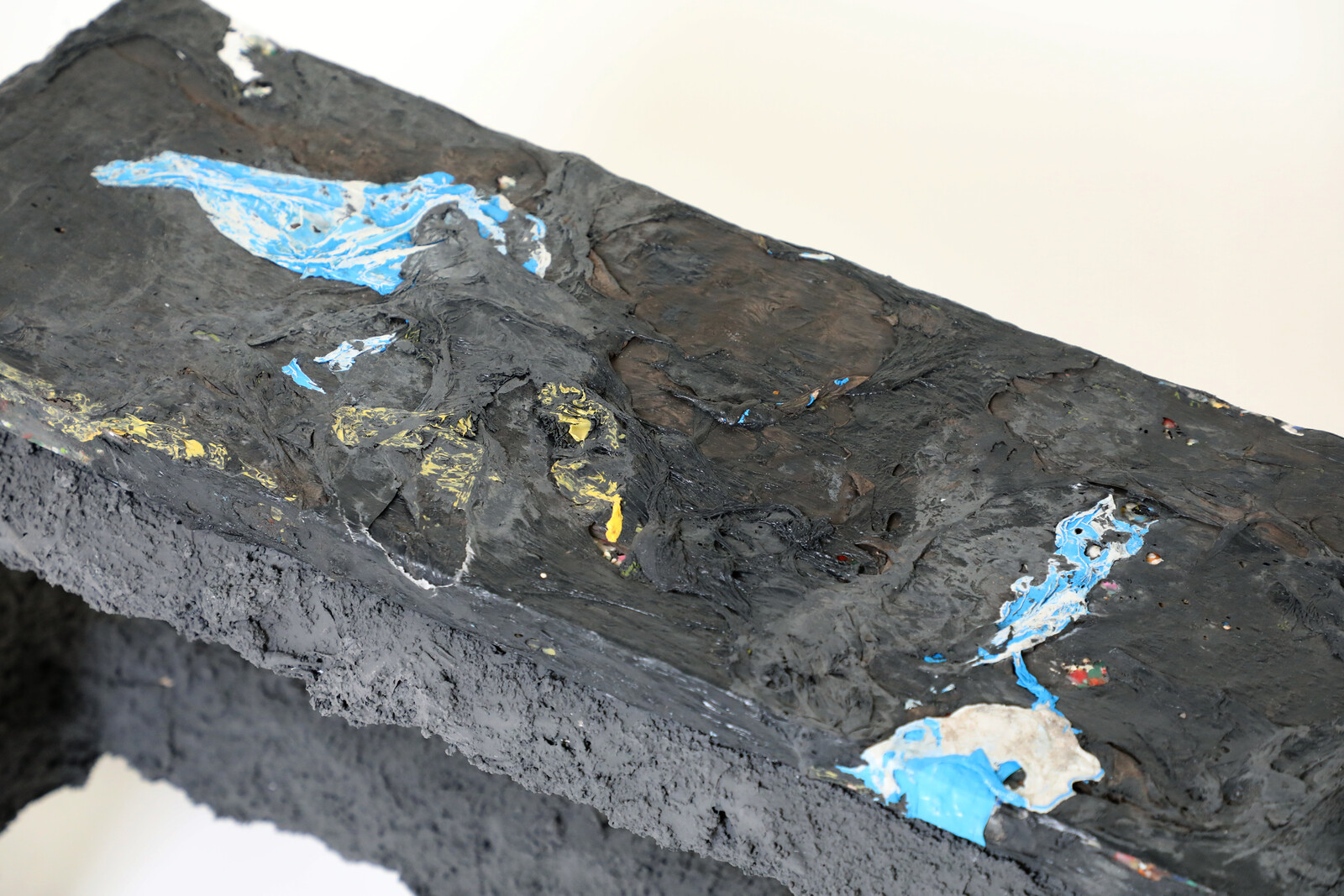





(2014).jpg,1600)
















